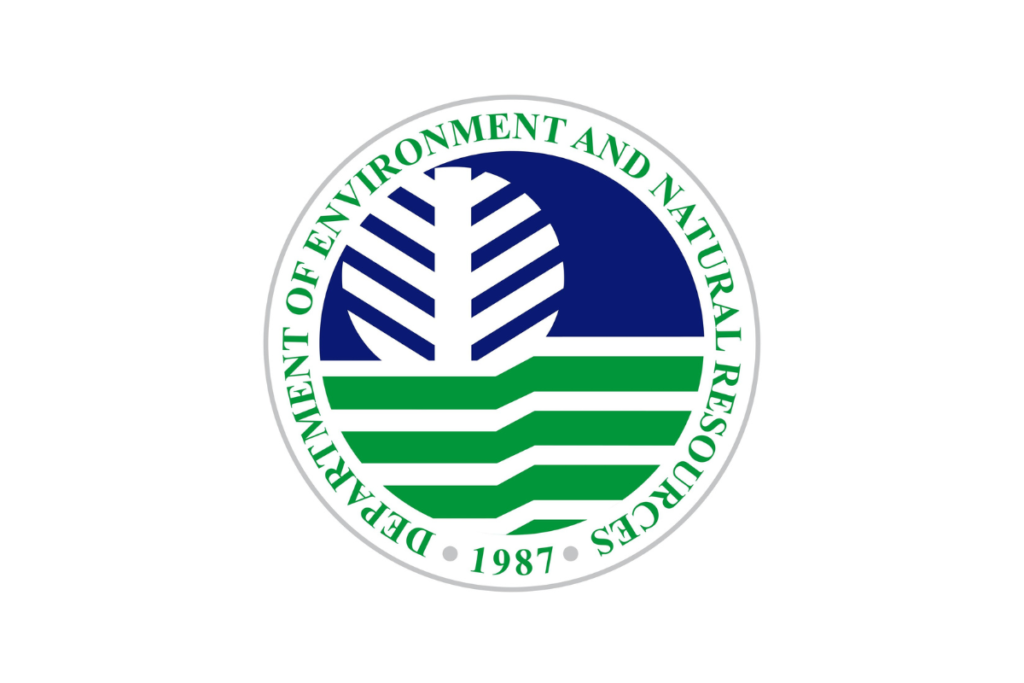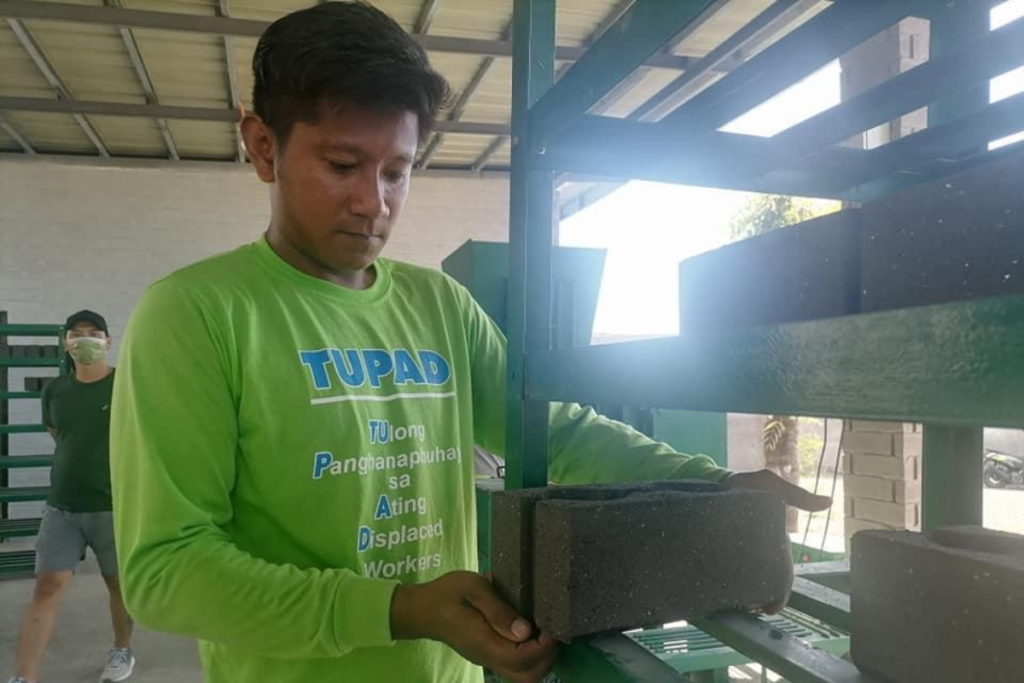What the Extended Producer Responsibility Act Means for the Philippines
The Extended Producer Responsibility Act of 2022 is the latest and strongest attempt by the Philippines to curb plastic pollution. For years, the country has had to deal with high volumes of plastic waste. In fact, a World Bank report estimated that the Philippines produces approximately 2.7 million tons of plastics each year. About 20 percent of these materials make their way to the ocean.
Through the new law, the government hopes to reduce the number of plastics that end up in the environment. It enlists the help of large enterprises by making them more responsible for their own wastes. This addresses the issue of plastic packaging waste directly through the source.
What is the EPR Act and how can it help solve the long-time problem of plastic waste in the Philippines? What responsibilities do businesses need to meet in order to adhere to the new law?
The Extended Producer Responsibility Act (EPRA)

The Extended Producer Responsibility Act is a law that requires large companies to manage their own plastic packaging waste. Also known as Republic Act No. 11898, the legislation lapsed into law on 23 July 2022.
Under the EPRA, enterprises with over P1 billion worth of total assets must recover a specific portion of their wastes. Failure to do so would land them a hefty fine from the Philippine government.
The new law is based on Extended Producer Responsibility, a concept first introduced by Swedish academic Thomas Lindhqvist in 1990. Lindhqvist outlined an environmental protection strategy where manufacturers take on the responsibility for the entire life cycle of their products. This includes the take-back, recycling, and final disposal of such products.
EPR programs around the world
Many other countries have already developed EPR schemes that are designed to meet the unique challenges of their economies.
In North America, the United States and Canada have implemented the Product Stewardship Program. The initiative encourages manufacturers to re-design their products, change their marketing methods, and adopt innovative collect and recycling programs.
In Asia, Japan and South Korea were the first countries to adopt Extended Producer Responsibility frameworks. South Korean manufacturers and importers are required to pay an Advance Disposal Fee for products that are difficult to recycle.
The Philippine’s EPR Framework

The EPR Act framework aims to reduce the number of materials and wastes that end up in landfills. It tasks companies with finding new purposes for their products, whether through reuse or recycling. Those that can no longer be repurpose should be allowed to biodegrade without impacting the environment.
The law eschews the traditional ‘tingi-tingi’ system that is prevalent in the Philippines. It’s a common practice where manufacturers sell their products individually in disposable packaging. The system offers many cash-strapped Filipinos a more affordable and convenient way to buy basic goods. However, it leads to more single-use plastics to be produced and end up in landfills.
In place of the tingi-tingi system, the EPRA promotes the creation of product refilling systems for retailers. It also encourages product makers to add proper disposal labels to their offerings. This would help educate consumers on how they can dispose of the product after use. It also allows companies to retrieve the items that they made.
Types of wastes are covered by the EPR law

The Philippine’s EPR Act identifies plastic waste as the recovery requirement for enterprises. This means that any packaging made from the synthetic material should be collected and properly handled by manufacturers.
Some of the most common forms of plastic packaging include:
- Food and beverage containers
- Labels
- Laminates
- Lids and caps
- Personal care/cosmetic product containers
- Plastic bags
- Plastic forks and spoons
- Plates
- Polystyrene
- Sachets
- Signages
- Single/multi-layered plastics
- Straws
- Tarpaulin
How enterprises can recover their plastic wastes
There are several ways that companies can recover their plastic packaging wastes more responsibly, according to the EPRA. These include:
- Buy back materials or wastes directly from consumers
- Establish hubs where materials or wastes can be dropped off and collected after use
- Conduct clean-up drives to remove wastes from areas such as public roads and coastal areas
- Create waste management facilities such as recycling, composting, and thermal treatment centres
Target recovery rates
For large enterprises to adhere to the EPRA, they need to meet specific recovery rates in their waste management programs. These targets should be achieved within the timeframe outlined by the law.
Companies should:
- Recover 20% of their plastic footprint by December 31, 2023
- Recover 40% of their plastic footprint by December 31, 2024
- Recover 50% of their plastic footprint by December 31, 2025
- Recover 60% of their plastic footprint by December 31, 2026
- Recover 70% of their plastic footprint by December 31, 2027
- Recover 80% of their plastic footprint by December 31, 2028 and every year after
Implementation of the EPR law

The EPR Act requires companies to come up with their own EPR plan. They can also hire Producer Responsibility Organisations (PROs) to develop programs for them. A PRO is a group or firm that has extensive knowledge and experience in recycling, waste recovery, and reuse initiatives.
All EPR programs should be registered with the Department of Environment and Natural Resources via the National Solid Waste Commission (NSWC). This should be done within six months of the EPRA’s effectivity.
During registration, companies need to include key information such as:
- Person responsible for the organisation’s EPR plan
- Type of plastic packaging used
- Verifiable volume or weight of plastic packaging brought into market within a certain period
- Target volume or weight of plastic packaging for recovery
- How packaging materials are labelled for recovery/disposal
Regulation
The Philippine government tasks the NSWC with regulating the implementation of the EPR Act. A new sub-group, known as the National Ecology Center (NEC), was created to closely monitor how manufacturers follow the law. The office will be headed by the Environmental Management Bureau assistant director.
The NEC’s mandate includes:
- Keeping the registry of all EPR programs submitted by companies.
- Monitoring the compliance of enterprises to their EPR programs.
- Taking necessary action on public complaints against enterprises, producer responsibility organisations, and other related bodies.
- Evaluating the volume or footprint of other generated wastes, for priority inclusion in the EPR scheme. This will be done within a year after the law takes effect.
- Creating and maintaining a database of the recovery rate of all plastic wastes. It will also include a list of all processors and recycling companies, materials bought or recycled, and the price at which the materials were bought.
- Providing training for staff on the proper management of solid waste.
- Facilitating the creation and promotion of a “recycling market†consisting of organisations that will help make recycling easier for the public.
Rewards and penalties
To help promote the adoption of sustainable waste management, the EPR Act has outlined a reward system for relevant organisations. Manufacturers can apply for various tax incentives related to their EPR programs. These incentives will be made possible through the National Internal Revenue Code.
According to the law, all costs related to EPR activities will be considered “necessary expenses deductible from gross incomeâ€. However, the implementation is still subject to substantiation requirements under the Philippine’s tax code.
Meanwhile, large enterprises that fail to meet the necessary recovery rates will face heavy fines from the government. The penalty could be equivalent to twice the amount of recovery and diversion of the plastic footprint or its shortfall. It could also be based on the list of fines set by the EPR Act, whichever is higher.
- 1st offense – P5 million to P10 million
- 2nd offense – P10 million to P15 million
- 3rd offense – P15 million to P20 million
All cases of violations of the EPR Act will be handled by the DENR’s Pollution Adjudication Board. The body will be responsible for hearing and judging of cases, as well as imposing fines on violators.
Finding a long-term solution

While the concept behind the EPR Act is no longer new, not many organisations fully understand its purpose. There is still some misunderstanding as to what the Philippine government expects large enterprises to do. For the new law to work, this confusion needs to be addressed through the right dissemination of information.
At Arowana Impact Capital, we believe in the ideals of the Extended Producer Responsibility Act. The law provides a clear plan toward cutting plastic pollution in the country. One important aspect to note is how companies stand to benefit from the EPR Act financially. By offering reasonable tax incentives, businesses will be more inclined to take care of the plastic wastes that they produce.
The EPRA also highlights the role that producer responsibility organisations will play in the success of companies’ programs. PROs provide businesses with the knowledge and technical know-how to recover plastic packaging wastes. This makes it possible for organisations to meet the law’s strict guidelines.
Green Antz, the cornerstone investment of AIC, is an example of a PRO that helps enterprises collect their plastic wastes. The company operates several eco hubs where companies can drop off their plastic packaging. Green Antz transforms the recovered plastics into eco-bricks, which can be used to construct green buildings.
Reference:
Market Study for Philippines: Plastics Circularity Opportunities and Barriers

